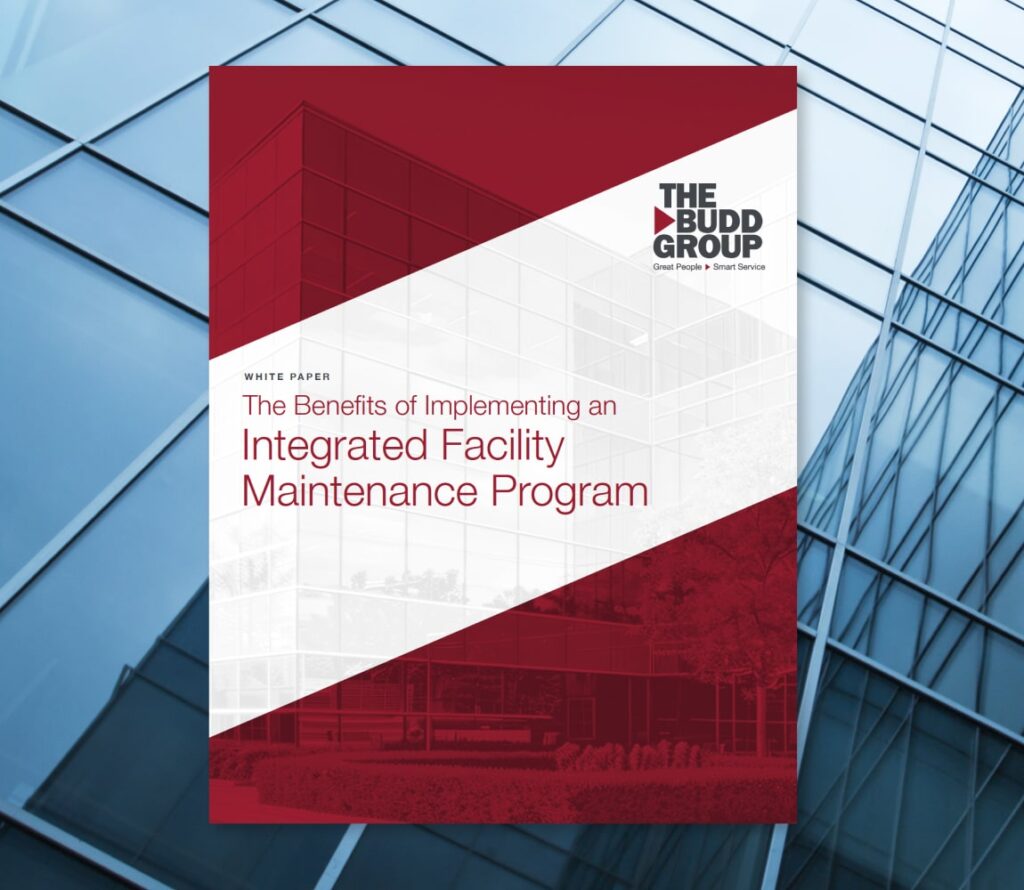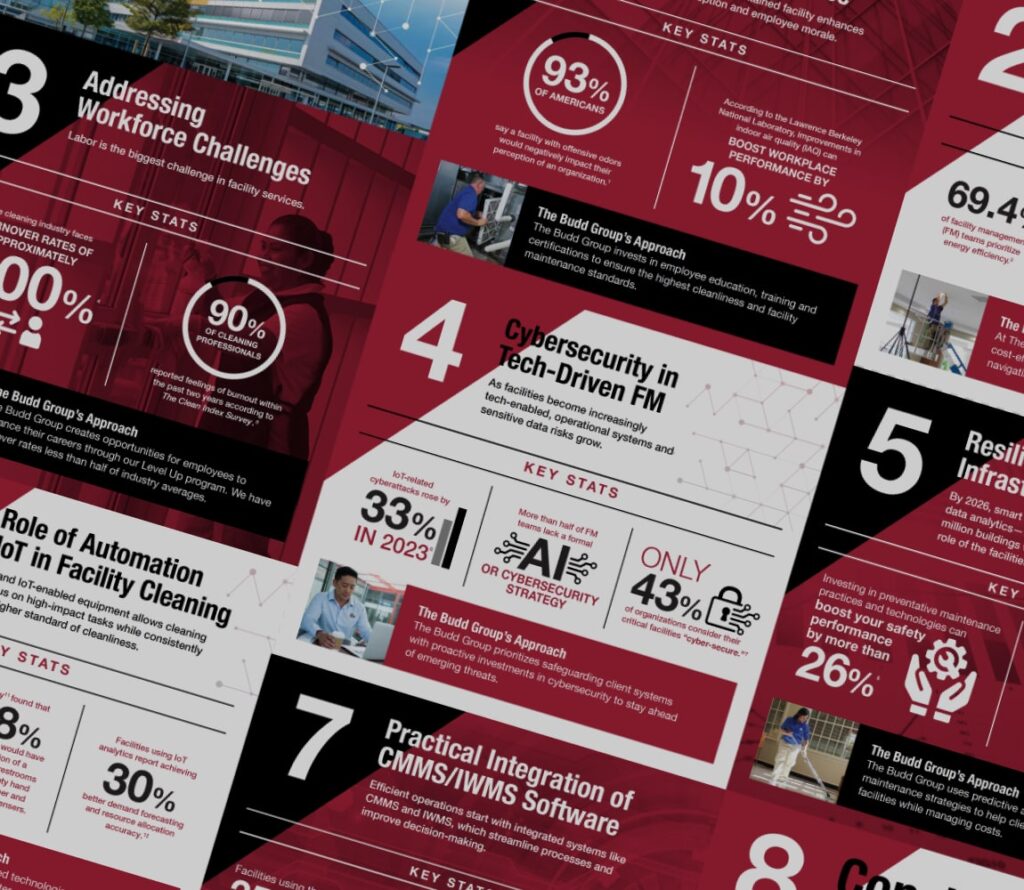As the leaves change color and the air becomes crisp, autumn heralds a time of transformation not just in nature but also within the operations of manufacturing plants. For factory owners and managers, the change of seasons is an opportune moment to conduct comprehensive maintenance to ensure the facility is in top condition. This not only enhances productivity and safety but also prepares the plant for the demands of the coming months. A well-structured building maintenance schedule is crucial for identifying potential issues, prolonging equipment life, and maintaining a safe work environment. In this article, we’ll explore key maintenance tasks that should be at the top of every manufacturing plant’s checklist this autumn.
Key Maintenance Tasks That Should Be at the Top of Every Manufacturing Plant’s Checklist
Perform a Thorough Cleaning
Fall is an opportune time for factory owners and managers to shift their focus inward, prioritizing a thorough cleaning of their manufacturing plants. Autumn brings an array of cleaning challenges, from accumulated dust to potential clogs in drainage systems. Regular dusting is no small task in a large plant, but it’s essential for maintaining the efficiency of machinery and the health of your workforce. Dust and debris can not only impede the function of equipment but also pose respiratory hazards. Therefore, it’s important to ensure that all surfaces, especially those in close proximity to machinery, are meticulously cleaned.
However, surface cleaning is just the beginning. A key aspect often overlooked during routine cleaning is the plant’s drainage system. As the season changes, ensuring that all drains are clear of debris is crucial. Autumn can bring increased rainfall, and any blockage can lead to water accumulation, causing potential hazards and disrupting operations. Inspection and cleaning of these drains should be thorough, addressing not only visible blockages but also conducting checks for any potential internal obstructions that could cause problems later. Given the scale and complexity of these cleaning tasks, enlisting the help of a professional maintenance provider can be a game-changer.
Change or Service Air Filters
Another critical task for manufacturing plants is the inspection and servicing of air filters. The quality of air within a plant significantly impacts both the health of employees and the performance of machinery. Over the active summer months, air filters can become clogged with dust, pollen, and industrial particulates, reducing their effectiveness. Consequently, the autumn maintenance schedule should prioritize checking and replacing these filters where necessary. This not only ensures a cleaner breathing environment for the workforce but also enhances the efficiency of HVAC systems, potentially reducing energy costs.
However, merely replacing filters isn’t always sufficient. In some cases, filters require professional servicing or a specific type of cleaning, especially in plants where air quality is impacted by industrial emissions or fine particulates. It’s also crucial to assess whether the existing filtration system is adequate for the plant’s needs. The changing seasons can bring different air quality challenges, and what worked in summer might not be as effective in autumn. Therefore, this maintenance period is an opportune time to evaluate and upgrade air filtration systems if needed.
Inspect Electrical Wiring
As the season ushers in cooler temperatures and shorter days, it also brings a reminder for manufacturing plant managers to turn their attention to the facility’s electrical systems. Over time, electrical wiring can deteriorate or become compromised, posing significant risks. This is particularly true in manufacturing settings where the constant vibration, heat, and dust can accelerate wear and tear on electrical components. The autumn maintenance schedule should, therefore, include a comprehensive inspection of all electrical wiring connections. This is not merely about ensuring they are secure, but also about checking for signs of corrosion, fraying, or overheating. Such issues, if overlooked, can lead to power failures, equipment damage, or even fire hazards.
Furthermore, this type of commercial building maintenance provides an opportunity to assess the overall condition and capacity of the electrical system. As manufacturing plants evolve and expand, often with the addition of new machinery, the electrical load increases. It’s vital to ensure that the existing wiring and circuitry can handle these additional demands. Neglecting this aspect can lead to frequent circuit trips and unplanned downtimes, severely hampering productivity. A thorough inspection can help identify areas that require upgrades or additional safety measures, ensuring the electrical system is not only safe but also optimized for current and future operational needs.
Test Emergency Systems
The change of seasons is a timely reminder to test and ensure that all emergency systems are functioning optimally. This includes alarm systems, fire extinguishers, sprinkler systems, and emergency lighting. Regular testing of these systems is not just a regulatory requirement but a crucial aspect of maintaining a safe working environment. In the hustle of daily operations, it’s easy for such systems to be overlooked, but their proper functioning can mean the difference between a minor incident and a catastrophic event.
Manufacturing plants, with their complex machinery and often hazardous materials, are particularly vulnerable to emergencies. This makes it imperative to ensure all fire extinguishers are fully charged and strategically placed, alarm systems are responsive, and sprinklers are obstruction-free and in working order. Similarly, emergency lighting plays a critical role during power outages or evacuation scenarios. These systems must be tested to ensure they provide adequate illumination and are reliable in case of an emergency. Autumn maintenance checks provide the perfect opportunity to conduct these tests comprehensively.
However, testing and maintaining emergency systems can be complex, requiring specialized knowledge. This is where the expertise of building maintenance companies like The Budd Group becomes invaluable. Our team of professionals can conduct thorough inspections and tests of all emergency systems, ensuring they meet legal and safety standards.
Why Choose The Budd Group for Autumn Maintenance?
As the autumn leaves signal a change of seasons, it’s clear that a well-planned maintenance schedule is integral to the seamless operation of any manufacturing plant. From ensuring the safety and efficiency of production spaces to maintaining optimal air quality and electrical systems, each aspect plays a critical role in creating a productive and safe work environment. Regular plant maintenance planning and scheduling not only enhances operational efficiency but also instills a sense of confidence among employees and stakeholders.
In navigating these complex and essential tasks, the expertise and support of a professional service provider like The Budd Group can be invaluable. Our comprehensive approach, tailored to the unique needs of manufacturing plants, ensures that every facet of autumn maintenance is addressed with precision and care. By partnering with The Budd Group, factory owners and managers can transition into the autumn season with assurance, knowing their facilities are well-maintained, safe, and poised for continued success.
We’ve been serving clients across industries and sectors throughout the Southeast United States for over 60 years. Contact us today to get started.

